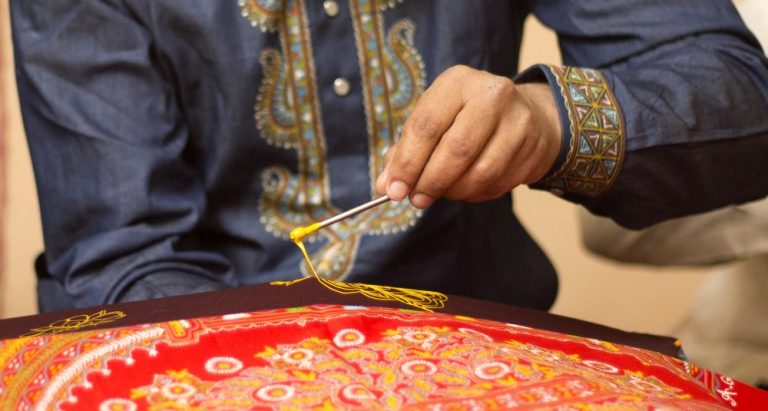Cheriyal Scroll Paintings – Storytelling in the form of paintings

Cheriyal Scroll Paintings is a very old traditional painting of Telangana state. Cheriyal paintings are the pictorial presentation of scenes from Indian mythology. These paintings are practiced in Cheriyal village of Warangal district in the Telangana State. The presentation of this painting is narratives like film roles or comic books. Traditional folk singers and artists used to use this as a tool for visual presentation with harmonium, tabla and other instruments to narrate the story. Cheriyal paintings are stylized versions of Nakashi art (scrolls of narratives from mythology and folklore). The artisans have been identified by the ruler of the Kakatiya era and the Nizams around 400 years ago. Originally artisans used to work on Sawdust Masks, Toy making and Scroll painting skills, Now became popular as Cheriyal Painting. Cheriyal Painting on Indian Mythology Cheriyal scroll paintings depicting stories from Indian mythology and intimately tied to the shorter stories from ...




